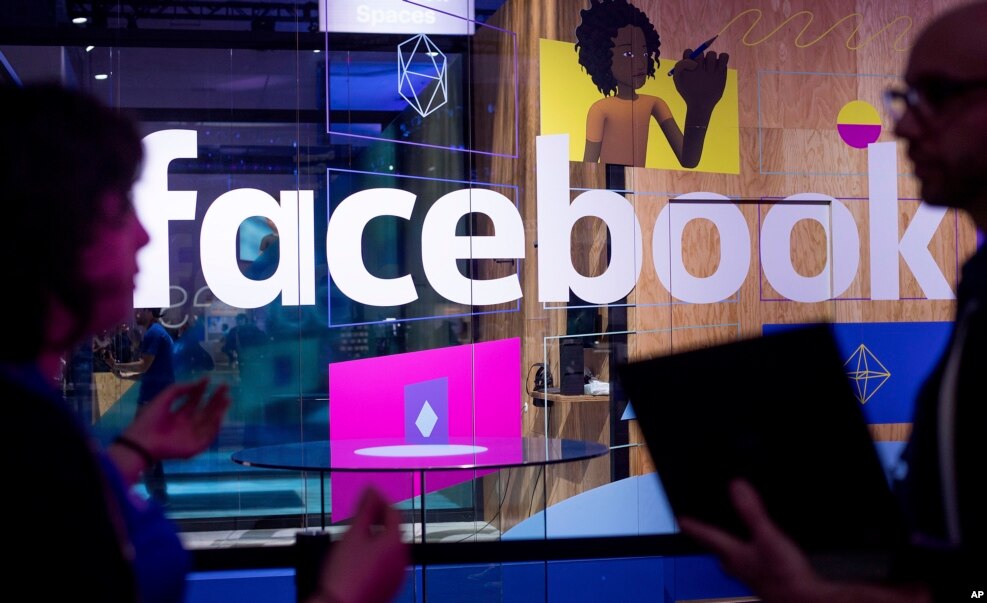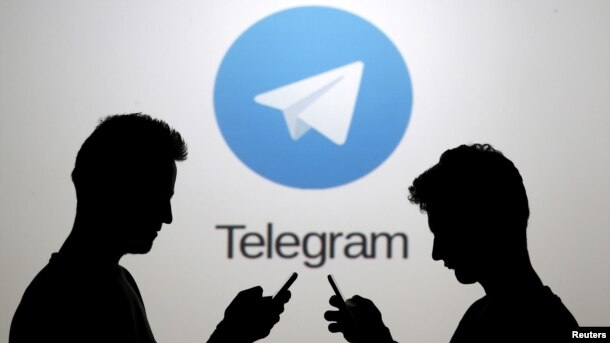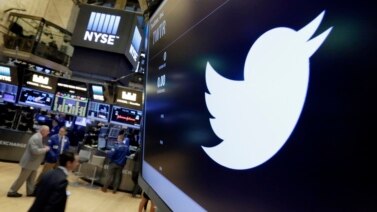
In early May, Facebook said it was hiring an additional 3,000 people to identify and remove violent and hateful content.
The announcement came after several people posted videos of murders and suicides that stayed on Facebook for hours.
In a Facebook post, CEO and co-founder Mark Zuckerberg called the videos “heartbreaking.” He said the new employees will work with about 4,500 existing ones to find and remove such content as quickly as possible.
Facebook receives millions of reports about content each week, said Zuckerberg.
In addition to humans, the company uses technical tools to identify questionable material. But with Facebook's nearly 2 billion monthly active users, identifying and blocking banned content is difficult.
Facebook rules
Britain's Guardian newspaper recently reported on Facebook's policies for the removal of certain kinds of content. The newspaper said it gained possession of private training documents and other materials used as guidelines for Facebook employees.
The documents have not been released publicly and Facebook did not comment on the Guardian report.
The Guardian report says Facebook policy permits some posts containing violent language, and not others. This reportedly can depend on whether the content relates to what Facebook considers protected or non-protected people or groups.
For example, Facebook guidelines would permit a message saying, “let's beat up fat kids.” But it would not approve a post that said, “someone shoot Trump.”
The Guardian says the documents explain that the first example would be permitted because it does not represent a specific, credible threat.
The second would be removed because it is seen as a direct threat against U.S. President Donald Trump. Facebook considers the president as a major public figure, a protected person.
The documents explain that people can often express disagreeing opinions by threatening or calling for violence “in generally facetious and unserious ways.”
The Guardian reports the documents call for videos of violent deaths to always be identified as extreme and hidden from young users. However, the videos do not have to be removed if they can bring attention to important issues such as mental illness.
Images showing non-sexual physical abuse or bullying of children can also be permitted, if there is no "sadistic or celebratory element."
The documents reportedly say live streams of people harming themselves can also be approved because Facebook does not want to "censor or punish people in distress."

The guidelines also reportedly permit photos of animal abuse to be posted, if the most extreme images are marked as “disturbing.”
Monica Bickert is Facebook's head of global policy management. She says the company's goal is to keep users safe, while also permitting individual free speech.
"This requires a lot of thought into detailed and often difficult questions, and getting it right is something we take very seriously," she said.
Free speech balance
Emma Llanso is director of the Free Expression Project at the not-for-profit Center for Democracy & Technology. She says the Facebook documents show how difficult it can be for social media companies to balance free expression with content controls.
“I think it can help more people understand what a challenging task we all face in figuring out what are the sorts of speech and the kinds of content that we all find acceptable on our social media services...”
She said one way for social media companies to balance these issues is to provide better filtering tools for users to block content themselves.
“You have got to look more to the ability for people to create their own filters or blacklists, or categories of things that they just don't want to see. That's the sort of response that really puts the power in the hand of the individual user...”
Social media and terror
Facebook and other social media services - including Twitter, WhatsApp and Telegram - have been criticized for not doing enough to block content linked to terrorist groups.

The recent suicide bombing in Manchester, England led some officials to repeat calls for social media companies to do more to stop terrorist activity.
The British government has proposed legislation requiring social media companies to permit them access to encrypted messages sent through social media services.
Thomas Zeitzoff is a professor at American University in Washington, D.C. He studies the effects of social media on conflicts. He says one problem with trying to limit terrorist activities on Facebook and Twitter is that groups usually find ways around the restrictions.
“What you've seen the groups do is they've migrated to Telegram, WhatsApp and other kinds of encrypted social media applications that make it much harder for governments to track.”
Two loud bangs heard around Manchester arena. People running out of the arena. No idea what's going on pic.twitter.com/KaRzQckvEE
— Alan Brennan (@alanbmufc92) May 22, 2017
Even as some governments call for stricter limits on social media, they also use the services themselves to gather information on terror groups and to help with investigations.
Zeitzoff says social media also publicizes attacks globally and can give terrorists a way to get their message out to the whole world.
“There can be this concern that it broadens and amplifies the message and terrorizes people more. But too, it also can inspire people, because some people want to be famous or they see some kind of identification with the attacker that carried it out.”
I'm Bryan Lynn.
Bryan Lynn reported this story for VOA Learning English. Caty Weaver was the editor.
We want to hear from you. What are your thoughts on social media companies restricting the content of users? Write to us in the Comments section, and visit our Facebook page.
Words in This Story
credible - adj. reasonable to trust or believe
facetious - v. speech that is meant to be funny but that is usually considered annoying or silly
bully - v. intentionally bother or frighten someone who is smaller, weaker, etc.
sadistic - adj. enjoyment that someone else is hurt or feels pain
censor - n. person who examines books, movies, letters, etc., to remove things considered offensive, immoral or harmful
distress - n. suffering or pain affecting the body or mind
disturbing - adj. something that worries or upsets you
challenging - adj. difficult to do
task - n. piece of work or job for someone to do
figuring out - n. finding out how to understand something
filter - v. software tool to prevent certain types of content from being received or seen
blacklist - n. list of people or things to be avoided
category - n. group of things related to each other
response - n. answer or reaction to something
access - n. way of getting at or near someone or something
encrypted - adj. information that is electronically changed from one form to another, especially to hide its meaning
amplify - v. make something stronger, louder, etc.
inspire - v. make someone want to do something


